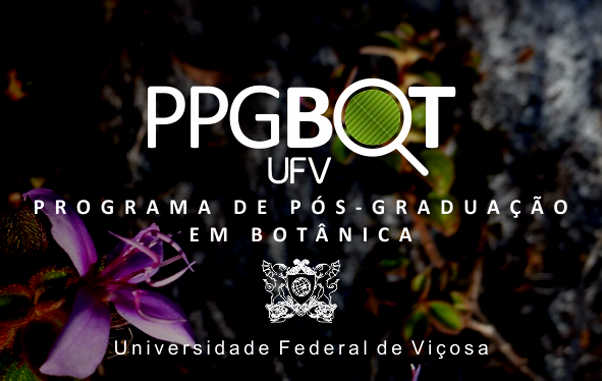Paper indicates LEEP and UFV as a reference in studies of Floristics and Phytosociology in Cerrado

The Brazilian Cerrado is a biodiversity hotspot because of its high levels of species richness, endemism, and
degree of threat. Plant inventories and quantitative vegetation analyses in Cerrado have contributed to clarifying
species richness, differentiation of community composition among areas, community structure across time, and
biogeographic patterns. Here we perform a science mapping analysis to investigate patterns, trends, and the
historical of floristic and phytosociological research in plant communities in the Brazilian Cerrado. We obtained
485 articles from the ISI Web of Science Thomson Reuters platform, Scopus, Scielo, and Google Scholar,
comprising the timeframe from 1960 to 2018. Our findings show an overall increase in the number of studies
across time, but not associated with an increase in publication quality. Most articles were authored by Brazilian
researchers from public universities. International institutions had infrequent participation in the field. The most
productive author with constant and continuum scientific production over time was Felfili JM (in memorian) from
the University of Brasília, which was the most productive university (~20% articles). Among the 91 different
journals, three encompassed 33% of the scientific production. Although collaboration is dominant among
research groups, from 2010 to 2018 we found an increase in single-authored articles. Most papers were published
in regional journals with low impact factor (IF) and citation, narrowing the interest in the field by foreign researchers.
Our study points to the need to broaden the readership and partnership of floristic and phytosociological
studies, to establish network researches, publish in journals with higher IF and in English, allowing access
to this knowledge by Botanists and Ecologists from other countries.
The Brazilian Cerrado is a biodiversity hotspot because of its high levels of species richness, endemism, and
degree of threat. Plant inventories and quantitative vegetation analyses in Cerrado have contributed to clarifying
species richness, differentiation of community composition among areas, community structure across time, and
biogeographic patterns. Here we perform a science mapping analysis to investigate patterns, trends, and the
historical of floristic and phytosociological research in plant communities in the Brazilian Cerrado. We obtained
485 articles from the ISI Web of Science Thomson Reuters platform, Scopus, Scielo, and Google Scholar,
comprising the timeframe from 1960 to 2018. Our findings show an overall increase in the number of studies
across time, but not associated with an increase in publication quality. Most articles were authored by Brazilian
researchers from public universities. International institutions had infrequent participation in the field. The most
productive author with constant and continuum scientific production over time was Felfili JM (in memorian) from
the University of Brasília, which was the most productive university (~20% articles). Among the 91 different
journals, three encompassed 33% of the scientific production. Although collaboration is dominant among
research groups, from 2010 to 2018 we found an increase in single-authored articles. Most papers were published
in regional journals with low impact factor (IF) and citation, narrowing the interest in the field by foreign researchers.
Our study points to the need to broaden the readership and partnership of floristic and phytosociological
studies, to establish network researches, publish in journals with higher IF and in English, allowing access
to this knowledge by Botanists and Ecologists from other countries.
The Brazilian Cerrado is a biodiversity hotspot because of its high levels of species richness, endemism, and
degree of threat. Plant inventories and quantitative vegetation analyses in Cerrado have contributed to clarifying
species richness, differentiation of community composition among areas, community structure across time, and
biogeographic patterns. Here we perform a science mapping analysis to investigate patterns, trends, and the
historical of floristic and phytosociological research in plant communities in the Brazilian Cerrado. We obtained
485 articles from the ISI Web of Science Thomson Reuters platform, Scopus, Scielo, and Google Scholar,
comprising the timeframe from 1960 to 2018. Our findings show an overall increase in the number of studies
across time, but not associated with an increase in publication quality. Most articles were authored by Brazilian
researchers from public universities. International institutions had infrequent participation in the field. The most
productive author with constant and continuum scientific production over time was Felfili JM (in memorian) from
the University of Brasília, which was the most productive university (~20% articles). Among the 91 different
journals, three encompassed 33% of the scientific production. Although collaboration is dominant among
research groups, from 2010 to 2018 we found an increase in single-authored articles. Most papers were published
in regional journals with low impact factor (IF) and citation, narrowing the interest in the field by foreign researchers.
Our study points to the need to broaden the readership and partnership of floristic and phytosociological
studies, to establish network researches, publish in journals with higher IF and in English, allowing access
to this knowledge by Botanists and Ecologists from other countries.









